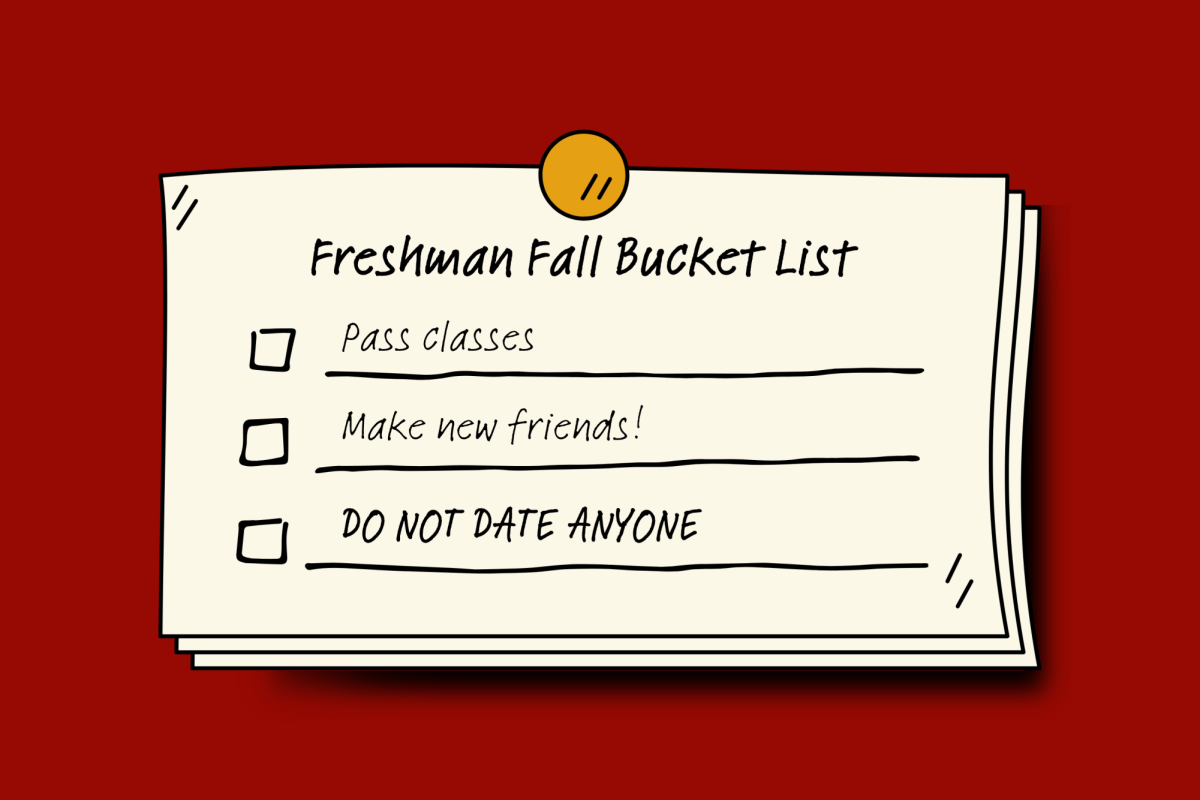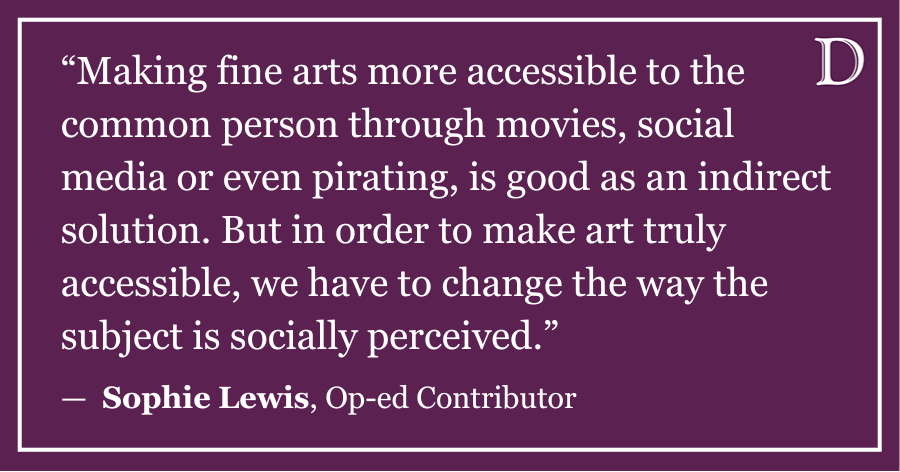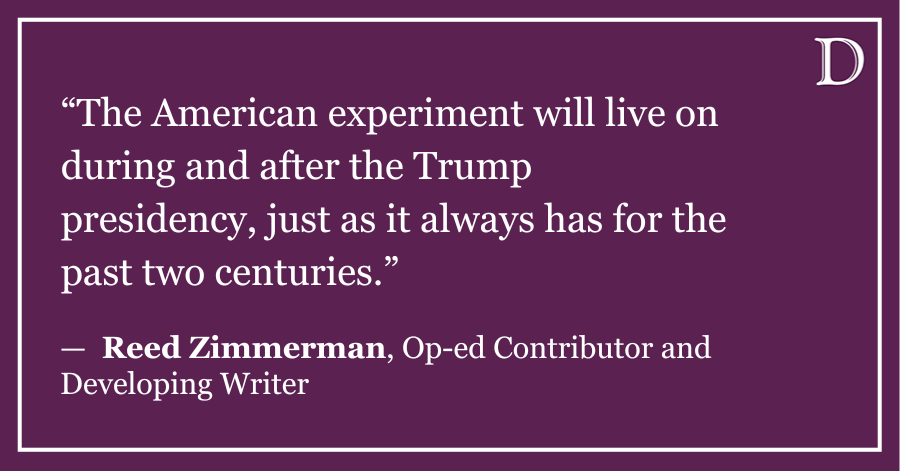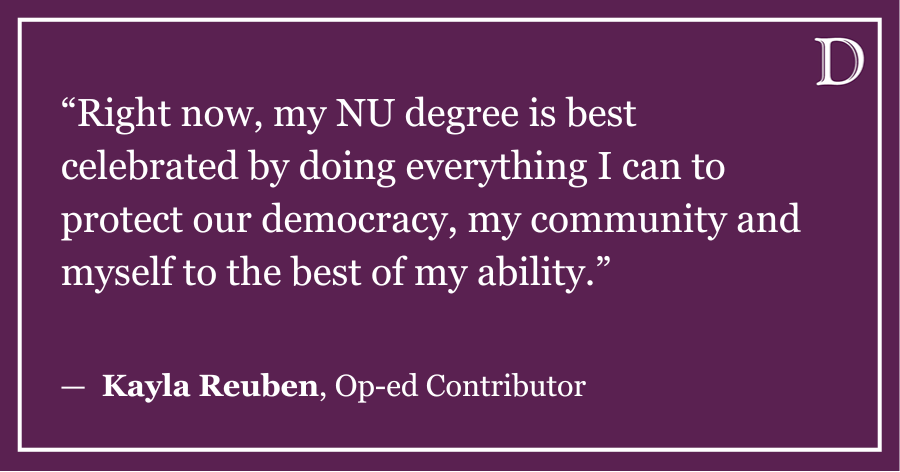It wasn’t until I attended a MIXED — a student group for people of mixed racial descent — dinner that I realized how many different ethnicities, or combinations of them, exist on our campus. Students from Venezuela, Japan, Italy, Guatemala and a myriad of other countries were all squeezed into just one dinner table.
MIXED also held an event Wednesday called “Interracial Dating” that included a panel of three guests: Asian American Studies and African American Studies Prof. Nitasha Sharma, Ph.D. candidate Kareem Khubchandani and professional marriage and family counselor Jakara Hubbard.
(MIXED panel on interracial dating packs University Hall)
Kalina Silverman, the co-founder and co-president of MIXED, explained the goals of the panel.
“Hopefully, this panel will help clear up as well as bring to light some of the complications in the world of interracial dating,” Silverman said.
After the event’s discussion, I thought about interracial dating at NU. No one has exact data on the dating dynamic we experience on campus, but I have noticed the opportunity for interracial dating is more than possible.
Silverman noticed the relevance of such a topic on campus as well.
“As we gain increased levels of independence and choice, we are now positioned to consider more of the complexities about whom we choose to date and eventually settle down with,” she said. “As colleges are becoming more and more ethnically and culturally diverse, interracial dating becomes especially prevalent on campuses. And despite many people believing that it’s not a hot or relevant topic, it is actually especially pertinent today.”
I truly have experienced this pertinence Silverman speaks of. As a half-Korean, half-Lebanese female, you can trust me when I say that interracial dating can bring about many benefits.
One advantage I continue to see as a result of my parents’ marriage is an exposure to different, yet amazing, foods. My family’s Thanksgiving dinner consists of tastes from all around the world. In addition to the obligatory turkey, the table includes Lebanese specialties like kibbe and Arabic rice and hummus, which sit beside the Korean beef, noodles and vegetables. Of course, dating a person of a different race doesn’t automatically ensure delicious foods will magically appear on your plate, but it allows you to experience a broader variety of meals and discover ingredients previously foreign to you.
It’s not just new food that results from a heterogeneous relationship but also the opportunity to learn about other cultures. By dating a person of a different race or ethnicity, you expose yourself to new experiences. You become more aware of different cultures, lifestyles and histories from individual perspectives your books can’t teach you about. You improve your understanding of the world and its specific cultural relationships.
We should open up the window for interracial dating, especially for those who have not considered it or feel held back by another’s race. By making these couples more visible in society, and even here on campus, the stigma surrounding interracial dating can slowly disappear. By stigma, I mean that look my family sometimes receives when we walk into a restaurant and sit down at a table. Although we are a normal family, we can still sense the puzzlement in people’s eyes when they see us together.
Silverman said she has observed the stigma as well, citing a recent Cheerios commercial depicting a biracial family that drew some backlash.
Multiculturalism in relationships is growing but not at an especially impressive rate. It may take time, but hopefully there will be a day when a Cheerios commercial won’t receive criticism for having an interracial family, a day when my family won’t receive those second looks in a restaurant.
In order to remove any prejudice associated with interracial dating, we must simply engage in it.
Jennifer Yamin is a Communication sophomore. She can be reached at [email protected]. If you would like to respond publicly to this column, send a Letter to the Editor to [email protected].









